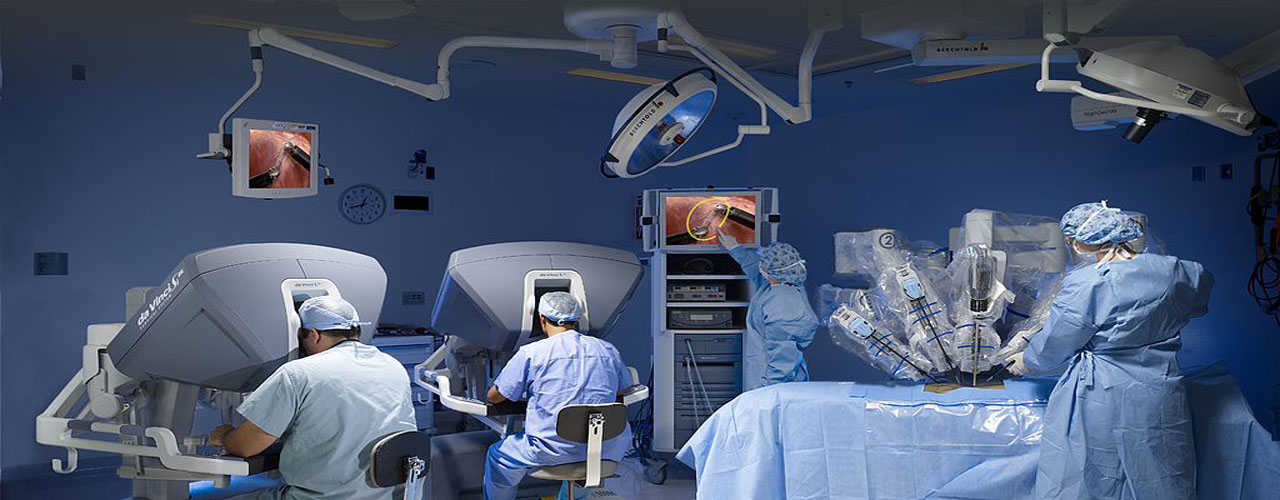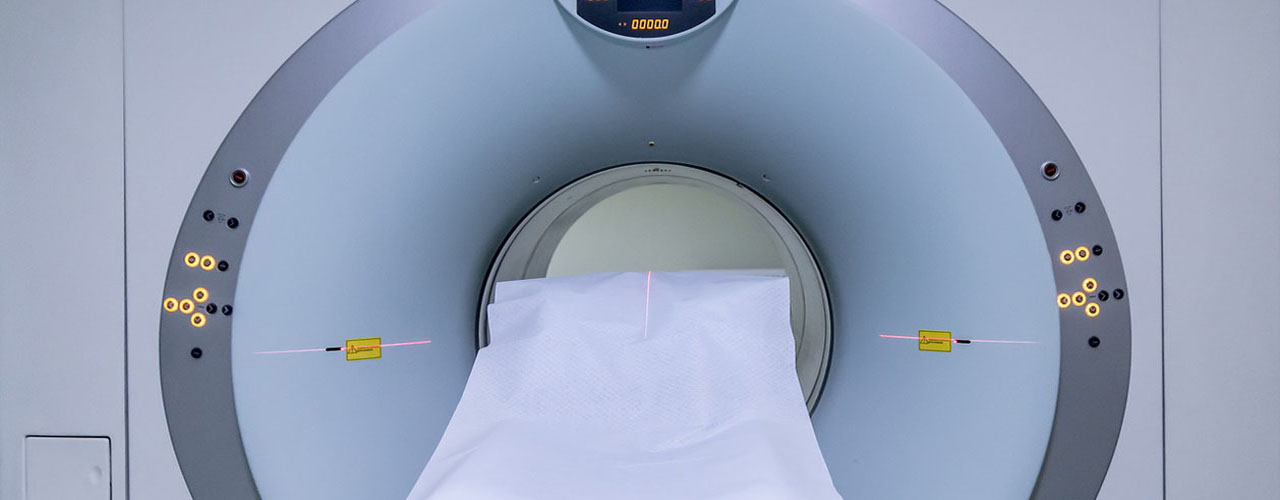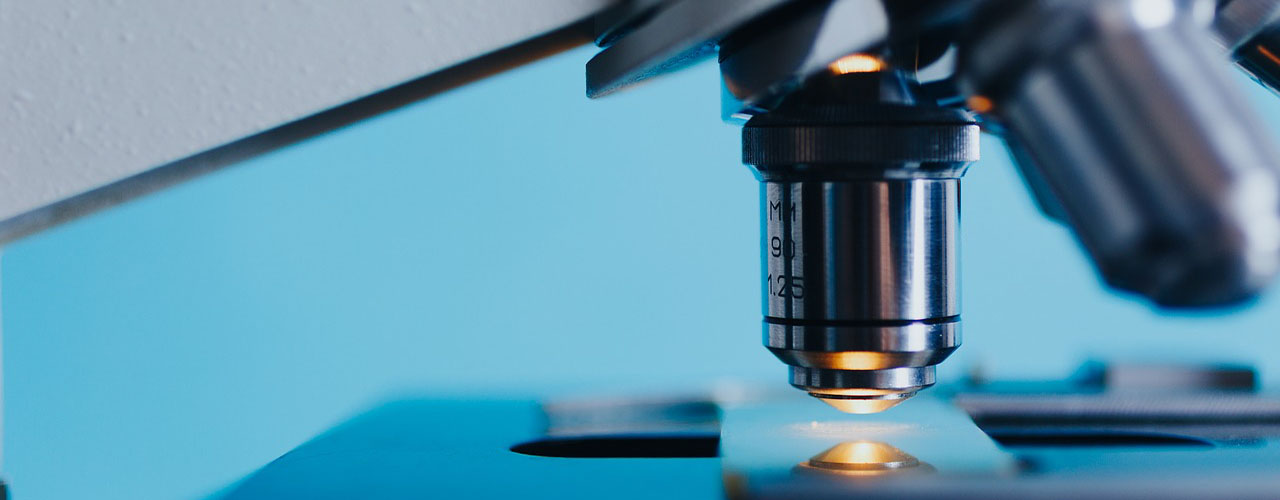| Title | DIETI Contact Person / Partners | Abstract | Status |
|---|---|---|---|
| 3D model technology for pre-operative planning and robot-guided gynaecological surgery | Giuseppe Scarpa |
Abstract The goal of the proposal is to apply Hyper Accuracy 3D (HA3DTM) technology in the Gynaecological surgery (endometriosis, endometrial cancer and so on) to reconstruct, form diagnostic imaging (RM, TC, ANGIOTC), three-dimensional model of the patient anatomy to improve pre-operative planning and consequently perform faster, more precise and safer robot-guided surgery. The study will reveal specific indications of pathologies and surgical procedures for which HA3DTM technology is more effective. |
Available Can be assigned to one doctoral student of cycle XXXVI |
|
Objectives The objectives are: to develop a tool to improve pre-operative planning; to improve robot-guided surgery towards enhanced robot autonomy; to understand the usefulness of the new technology compared to the state of the art. |
|||
| Dental Implant Surgery with Advanced Robotics | Fanny Ficuciello | Abstract
The research aims to realize a semi-autonomous robotic system to assist dental implant surgery. The student will work closely with dental surgeons to understand their needs with the goal of overcoming surgical and treatment challenges. The developed robotic system will be manually guided by the surgeon to perform surgery exactly as it has been planned preoperatively, relative to the patient’s CT scan, by using haptic cues, visual guidance and multisensory feedback in a shared control framework. |
No More Available Already assigned to a PhD student of cycle XXXV |
|
Objectives The goal is to develop a robotic system that helps surgeons to increase the accuracy of implant placement in the bone, to speed up the process and to promote less invasive procedures, improving patient outcomes and surgeon comfort. |
|||
| Real time vision for robotic surgery | Nicola Petra |
Abstract Computer assisted surgery has many advantages (minimized post-operative pain; sped up recovery; increased comfort for the surgeon; improved surgery's performance; reduced haemorrhaging; reduced risk of infections). There is however still a long way to go towards partial or full automation surgical interventions while the actual research activity is based on automating basic surgery. |
Available Can be assigned to one doctoral student of cycle XXXVI |
|
Objectives The research activity will assist in the automation of atomic surgical actions that joint together form a complete surgery activity. As an example, the actions of cutting, suturing, tissue repositioning, bone drilling, and tool exchange. The project aims at developing (i) real-time visual sensing and elaboration of the scene (ii) to track laparoscopic instruments, (iii) to automatically move the camera with no explicit human direction and finally (iii) to start performing simple autonomous tasks. The considered test scenario will be the urological surgeries. The research activity is expected to deploy hardware accelerators implemented on FPGA to assist the control and tracking algorithms. The initial steps will be the extraction of stereo data from the cameras (not an easy task due to the reduced volume of the laparoscopic surgical field) and the track of the tools. |
|||
| Modelling and control of an upper limb exoskeleton for robot-aided rehabilitation | Bruno Siciliano |
Abstract Assistive robotics is a research field meant to help impaired individuals recovering motor functions or coping with Activities of Daily Living (ADL). The rehabilitation devices considered in the proposed research are upper-limb exoskeletons. Interaction control is the main core topic in this scenario as well as adaptive control, multimodal perception, sensory fusion and smart/friendly user control interface. The goals of the proposed activity are the development of a multi-joint dynamics model for upper-limb exoskeleton and the development of assistive control systems that can customize the amount of assistance according to the patient recovery advancement as well as the development of friendly control interfaces using multimodal sensory feedback. Open problems are related to sensitive and robust adaptation of the robotic system to the patient and safety issues. |
Available Can be assigned to one doctoral student of cycle XXXVI |
| Raffaele Russo (Pineta Grande Hospital) |
Objectives The scientific research goals of the proposed PhD activity are: (i) to develop a multi-joint dynamics model for upper-limb exoskeleton for rehabilitation purposes; (ii) to develop adaptive control algorithms for automatic tuning of the level of assistance of upper-limb exoskeletons according to the patient recovery advancement; (iii) to optimize the assistive profile delivered by an exoskeleton through techniques of human-in-the-loop optimization and AI techniques. |
||
| Remote training in robotic surgery | Many |
Abstract Remote Surgical Training (ReST) on Da Vinci platforms consist in dislocating tutor and second console in an operation room (OR) adiacentent to the Operation Room where the trainee is. Main Steps: 1.Use the environmental video camera of the main Operation Room also connecting it to the tutor console in the adjacent room so that (s)he can see and monitor everything that happens. 2.Perform remotely training tests. 3.Evaluate the data and performance by the whole OR team. 4.Make a statistical study of the data collected and prepare a detailed report on the results. |
Available Can be assigned to one doctoral student of cycle XXXVI |
| Guido De Sena |
Objectives The research focuses on human factors and pedagogical effects of remotely training. The intent is to evaluate how the human-machine relationship for the trainee changes without the physical presence of tutor in the main OR. Methods to facilitate communication between tutor and trainee with respect to the operating room environment willbe explored. The trainee’s performance score will be evaluated. |
||
| Social Robot for a Personalized Assistance of Vulnerable Population | Silvia Rossi |
Abstract A socially Assistive Robot is intended as an assistive tool which can complement the therapist in training and rehabilitation, can be used for remote monitoring and assisting the user, and constitutes a playful agent to better engage the participants and relief from anxiety. In order to achieve these goals, it requires the ability of multi-modal perception, emotion expression, verbal and non-verbal communication, adaptive control, decision-making, and learning mechanisms. |
Available Can be assigned to one doctoral student of cycle XXXVI |
|
Objectives The aim of the research activity is to develop, validate, and test in hospitals and homes interaction strategies for socially assistive robots in healthcare and home environments and adapt to each individual’s capabilities. Goal of the interaction is defined by considering the assistive role the robot has to play with respect to the patient. |
|||
|
|
|||










